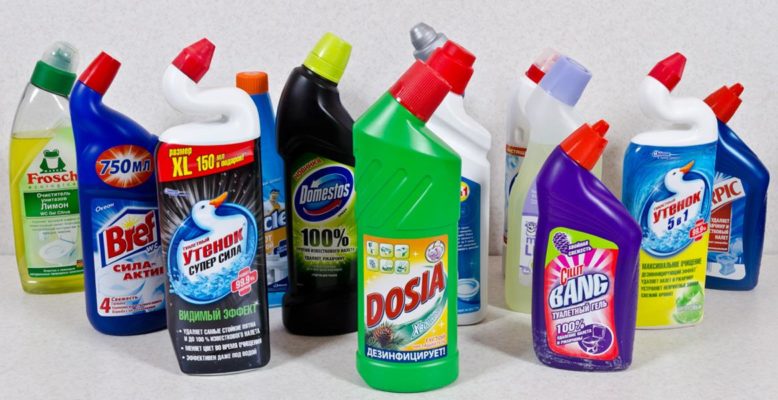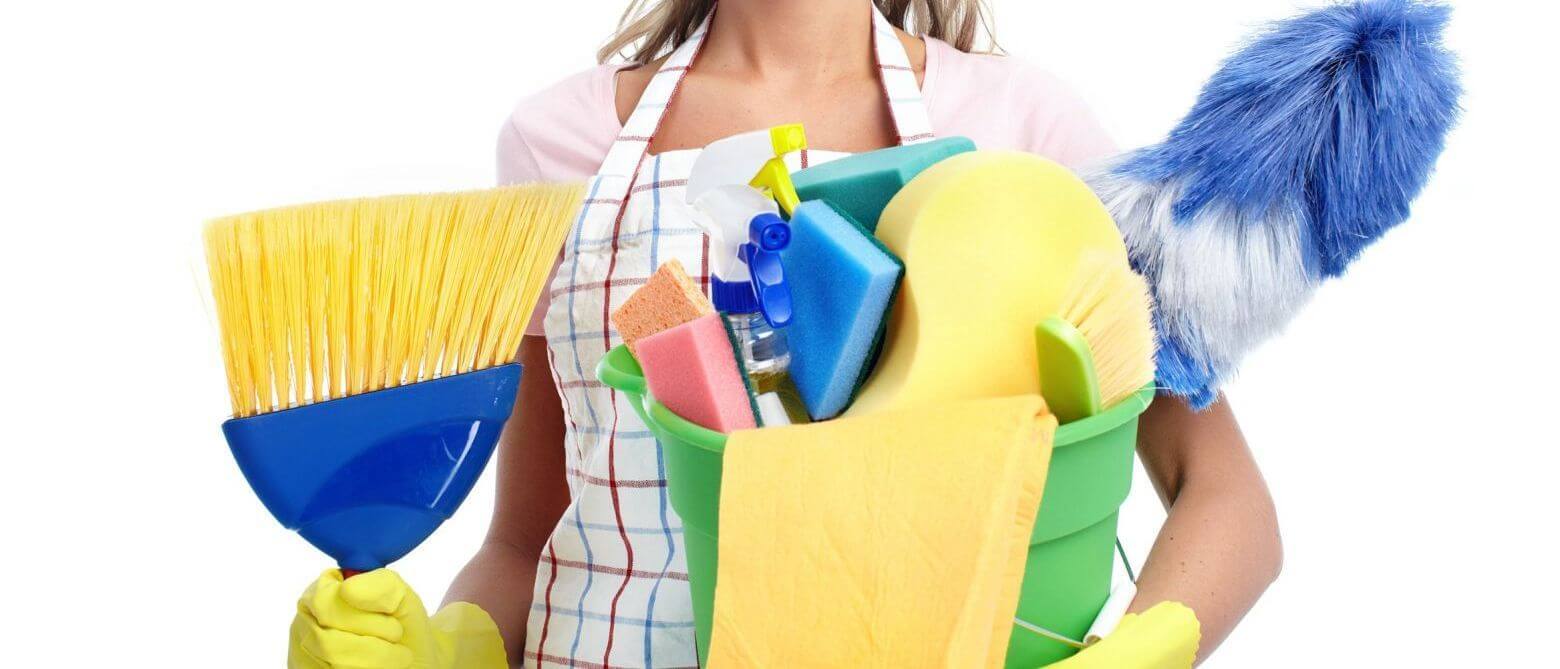How to get rid of moths in kitchen cabinets
Any housewife has in her kitchen a supply of products whose shelf life is not particularly limited in time. These are cereals, flour, dried fruits, etc. that do not require refrigeration, which are usually stored in cabinets. However, they also have a rather serious enemy - food or kitchen moths. If you miss its appearance and do not take emergency measures in time, it will multiply so much that it will become difficult to remove the pest.
The harm of kitchen moths lies not only in the destruction of supplies. Eggs, larvae and their excrement end up in prepared foods and can cause food poisoning and illness. Identifying affected products is quite simple. Firstly, small moths flying out of the kitchen cabinet after opening the doors. They look like ordinary clothes moths. If you notice them, pest control should begin immediately.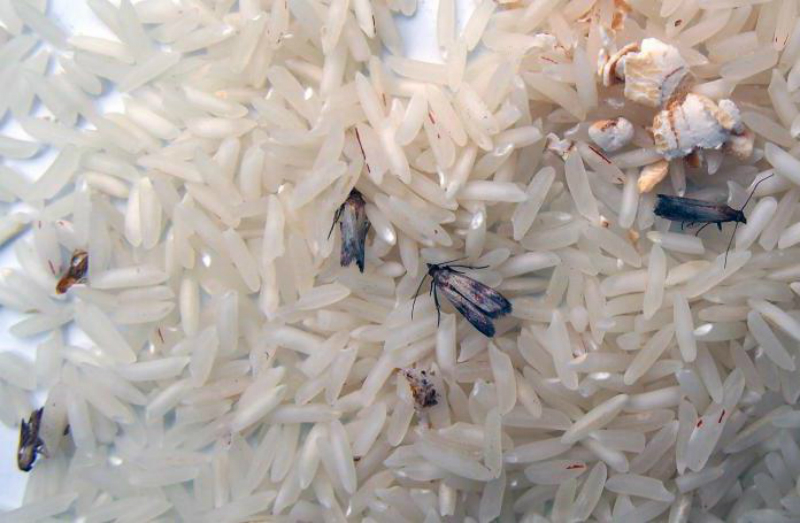
Secondly, when examining the affected flour or cereal, you may notice stuck together balls or lumps. Larvae have already multiplied and live in them - small white worms, gradually changing their color to beige.
Moth eggs are difficult to spot due to their small size. They resemble flour particles in appearance, but larger. In buckwheat or other grains with larger dark-colored fractions, they are more noticeable.
The content of the article
Why do moths appear in the kitchen?
The fairly common legend that moths in general and kitchen moths in particular appear in cabinets on their own or simply “from dampness” has nothing to do with the truth. At the same time, it does not matter at all how carefully the housewife takes care of the cabinets - the condition of the furniture does not matter, as long as there is a source of constant food. She will happily eat the following foods:
- flour;
- bread, breadcrumbs, pastries, cookies, pasta;
- tea;
- cocoa;
- dried fruits;
- nuts;
- cereals
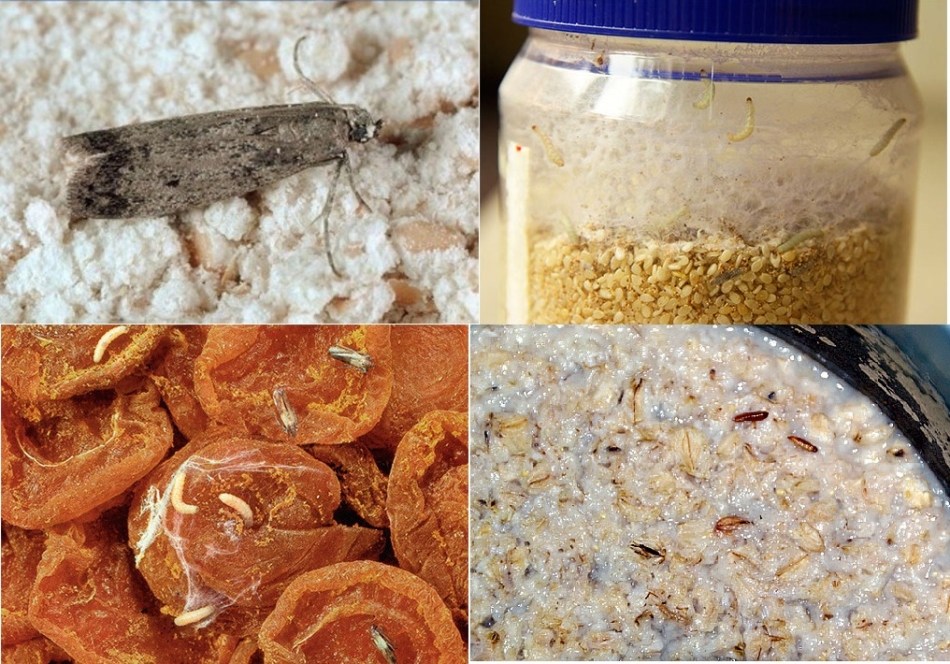
The main breeding ground for food moths is food warehouses. It multiplies quickly if storage rules and standards are violated. And from there, contaminated products go on sale - due to elementary negligence and lack of proper control.
Attention! You should be especially careful when buying bulk cereals and pasta, as well as those that are packaged in plastic bags directly in stores.
By giving preference to bulk products and pasta in factory packaging in the store, you can protect your kitchen from the appearance of food moths. But this is not a complete guarantee of safety. Therefore, it is advisable to carefully inspect even such products after opening the package.
You may not find larvae or eggs, but it is quite possible that there are pellets of unknown origin - the remains of silk cocoons of larvae. If you find them, immediately inspect all supplies.
Reference! Sometimes moths can fly into an open window from neighbors. This is quite possible, but rarely happens.
How to get rid of larvae and adults
If you find larvae, eggs or adult insects in products, immediately take measures to prevent the reproduction and spread of the pest. First, you need to carefully inspect all bulk products in cabinets in order to detect foci of infection, including unpacked groceries - moths easily gnaw through packaging. Once you find larvae and eggs, destroy the contaminated products.
If it’s a pity to throw away cereals or flour, you can go through them and throw away only the places with worms, eggs and the remains of cocoons, and heat the cleaned cereals in the microwave, turning it on for half a minute at maximum power. This is often enough for disinfection, and the product will not be damaged.
But I still recommend throwing away cereals without regret. The savings are not particularly great, and it is extremely unpleasant to realize that you are preparing porridge from cereals that have been attacked by moths. In addition, the husband and children may refuse such food.
Dried fruits and pet food cannot be saved. These products are subject to unconditional destruction.
After disposal of contaminated products, all cabinets must be emptied for processing. Vacuum the interior surfaces thoroughly, first removing all the shelves. Pay special attention to the corners. A vacuum cleaner with a small or no attachment will suck up cocoons, eggs and hidden adults.
You will need to throw the bag out of the vacuum cleaner or, if it’s a pity, at least put it in the freezer for a few days - the pests will die. Then follow a few simple steps:
- Wipe the inside of the furniture with vinegar. You can use a solution of laundry soap or one of the special anti-moth products such as “Raptor” or “Antimoly”.
- Vacuum the ceiling, ceiling skirting boards, and areas near the chandelier. Adults may accumulate here.
- Set up sticky traps with female moth pheromones. They will attract males who will stick to the trap tape.Females rarely fall into such traps. They need to be destroyed in the old-fashioned way - with a fly swatter or newspaper rolled up into a tube.
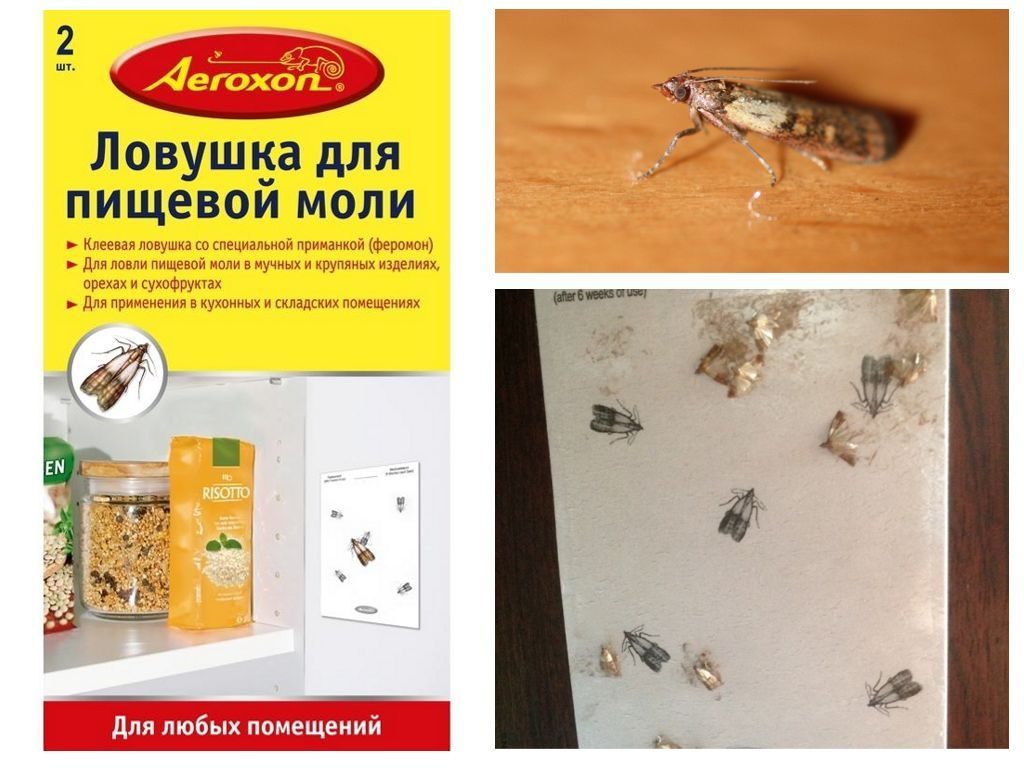
- Place potentially contaminated food in the freezer for three to four days.
- Wash all jars and food containers with laundry soap. Warm the dishes that contained contaminated food for five minutes in the microwave or freeze well for 4 days.
Preventing moths in the kitchen
Having carried out the entire set of measures described above to combat kitchen moths and achieved success, pay attention to preventing the appearance of this unpleasant pest.
Attention! Don't stock up on groceries too much. If a moth gets into the kitchen with a couple of packages of cereal, it will be much easier to remove it. Buy cereals and pasta little by little, as needed.
For prevention you need:
- use metal, glass jars or thick-walled plastic containers with tight-fitting lids for storing bulk products;
- store food together with natural repellents: peeled garlic cloves, dry orange peels or bay leaves;
- garlic, orange peels and bay leaves can be laid out on the shelves, adding sprigs of lavender, pieces of laundry soap or a cotton pad soaked in essential oil, such as cedar.
It is important to understand that such products will only repel adult moths, but will not destroy eggs and larvae. Pest control must be comprehensive.




